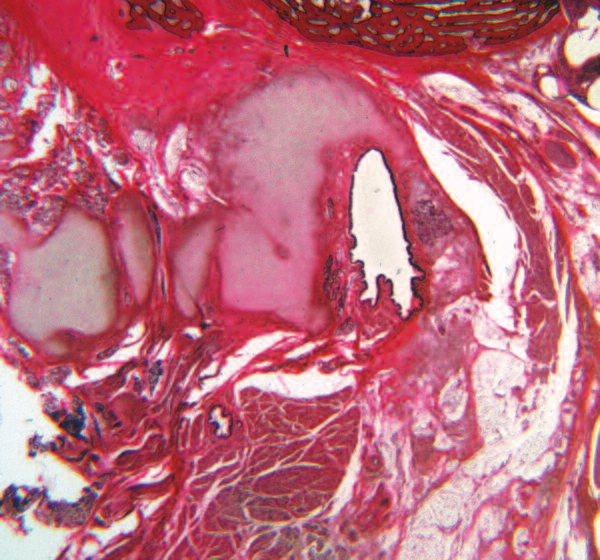Few parents would be surprised to learn that the most common illness among small children in the U.S. today is the middle ear infection. Americans spend $5 billion a year on ear infections, while doctors perform 500,000-plus surgeries, usually inserting a tube in the eardrum to ease pressure. Meanwhile, researchers scramble to find new antibiotics as bacteria become resistant to existing drugs. Samir Ghadiali believes the solution to middle ear illness lies in understanding and, in some cases, altering the mechanical and physical properties that govern the Eustachian tube, which connects the middle ear to the nose and throat and helps regulate air pressure inside the ear.
Ghadiali, assistant professor of mechanical engineering and mechanics, has designed a device to measure the mechanical properties of the Eustachian tube and has developed mathematical models to interpret those properties.
Recently, Ghadiali and the University of Pittsburgh Medical Center received two five-year grants from the National Institutes of Health to further develop and fine-tune his computational models of the Eustachian tube.
The researchers are studying “patient populations,” including young children, who are significantly more prone to disease of the middle ear.
“If we can identify the key genetic, anatomical and physiological properties that cause disease in a specific patient or groups of patients, one day doctors will be better equipped to apply the right type of treatment,” says Ghadiali, who is a member of Lehigh’s bioengineering and life sciences program.
Ghadiali, who uses Finite Element Analysis to model fluid flow, tissue deformation and cellular phenomena in the ear and Eustachian tube, has collaborated for six years with Children’s Hospital of Pittsburgh on studies of the middle ear.
In 2005, Ghadiali received a Parker B. Francis Fellowship in Pulmonary Research to study the mechanics of respiratory disorders and lung function.
He and his students are conducting lab experiments and developing mathematical simulations to determine the effects of injury and disease on lung mechanics. Ghadiali’s group is particularly interested in the fluidmechanical forces, which can injure the lungs of patients who are being mechanically ventilated.

